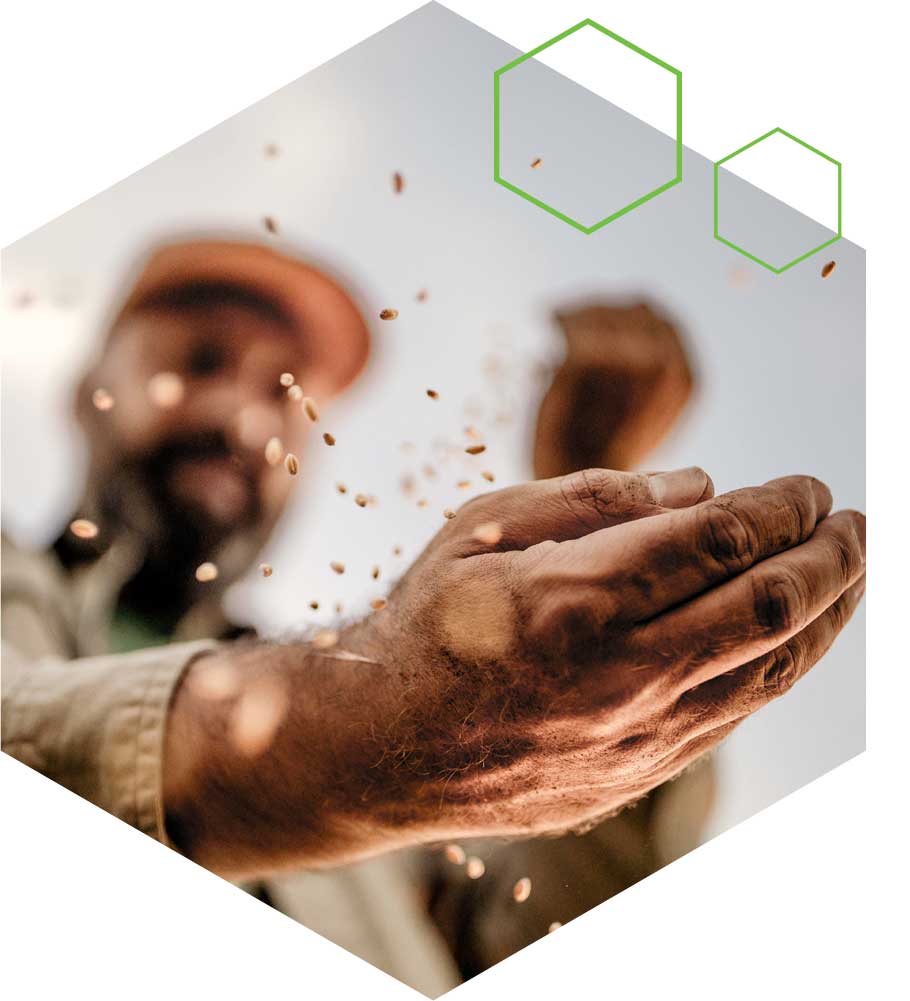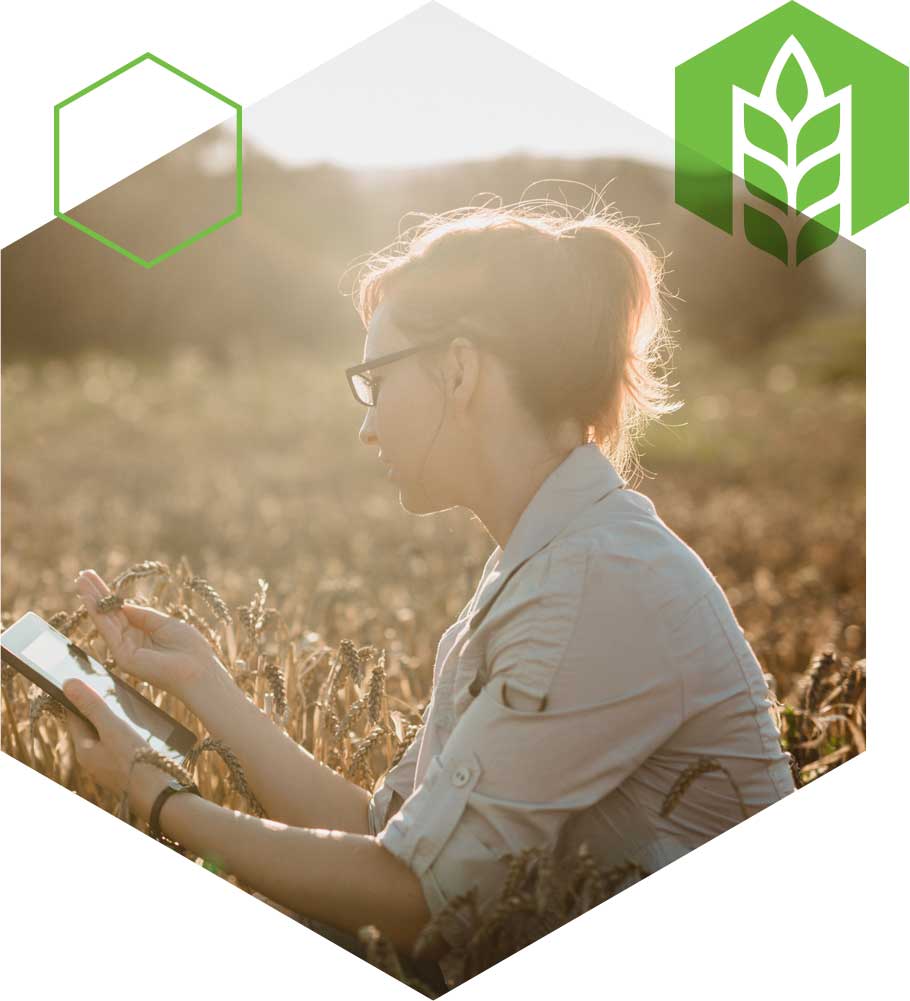Background
Argitox is a new collaborative project, which funded under Interreg Atlantic Area Priority 3: Strengthening the territory’s resilience to risks of natural, climate and human origin. The consortium is led by Professor Luis Botana and scientists from Farmatox research group based in the faculty of Veterinary Science in the University of Santiago de Compostella (USC), Lugo Campus, Spain. The Agritox project has eight project partners from five countries and five Atlantic Area Regions. The consortium is composed of USC (Lugo Campus, Spain); CIFGA (Lugo, Spain); DEPO-EFA, County Council of Pontevedra – Areeiro Phytopathological Station (Pontevedra, Spain); FCUP/CIIMAR, Interdisciplinary Center of Marine and Environmental Research (Universidade do Porto, Portugal); CAVC, Vila do Conde Agricultural Cooperative (Porto, Portugal); Teagasc (Dublin, Ireland), Queens University Belfast (Belfast, Northern Ireland) and ANSES, French Agency for Food Environmental and Occupational Health & Safety (Fougères, France). Each project partner has specific profiles needed to achieve the project objectives and results.

What challenge does Agritox aim to address?
Agritox has been funded with nearly €1.5 million coming from Interreg and €0.5 million of national matching funding to carry out research on mycotoxins in food and feed. It aims to advance the development of a mycotoxin warning network that will increase consumer safety, as well as establish some possible indicator of risks related to climate change. Mycotoxins are compounds produced by filamentous fungi, some of which are known to be toxic to humans and animals. The toxicity of most of these so-called mycotoxin is unknown. Mycotoxins, can occur either pre-harvest when grain and forage crops are growing in the field or post-harvest during handling, transportation, storage, and processing of raw materials. Mycotoxins are thermostable, have great chemical stability and withstand industrial processing, so that all products made from contaminated raw materials are likely to contain these compounds. Mycotoxin contamination impacts on farm businesses as well as human health: it is estimated that 3.2 million cases of illness and 50,000 hospitalisations per year are due to mycotoxins in the EU alone, and it is a growing issue, fostered by climate change and the increasing temperatures it brings with it.
Overall Objective
The main objective of Agritox is to provide the Atlantic Area food and feed industries with information and technical solutions to avoid the contamination by mycotoxins, which is an increasingly relevant issue due to the influence of climate change. The attainment of this overall objective will lead to improving the competitiveness of SMEs in the agri-food and livestock sectors in the Atlantic Area, and to identifying the safest and most innovative products along the value chain through the transfer of emerging technologies in early detection of mycotoxin contamination and its eventual mitigation. To achieve this objective, the Agritox consortium (RTO´s, national bodies, laboratories and agricultural cooperatives) will develop an integrated system approach for the prevention and mitigation of mycotoxin contamination, which will be put at the disposal of affected industries along the value chain. Food and feed industries have a need for innovative analytic toxicity prevention strategies (e.g. toxicity alert systems and risk management plans) to produce safer food products for humans and animals. Agritox will result in alert methods and risk management plans that will be available by the industry, and effective and feasible. They will facilitate the adoption of safer uses by the companies, namely SMEs, not only for a better and safer cultivation, harvest and storage of human food and animal feed, but also for achieving safer food products for the final consumer, thus covering the whole value chain.

Specific Objectives
- To engage with Atlantic Area stakeholders to promote awareness about regulated, emerging and masked mycotoxins along with their occurrence patterns in the feed and food.
- To engage with specific stakeholders to help identify which are the existing mycotoxin detection methods across all stages of the value chain, from the agricultural fields to the industrial processes of food and feed.
- To develop a database of mycotoxins, including regulated, emerging and masked mycotoxins, that will provide Atlantic Area stakeholders with occurrence information and technical support, being a reference for setting limits in non-regulated emerging toxins.
- To identify mycotoxin risks for different sectors of the agrifood chain including, cereals, eggs, milk or wine, for example, as well as, risks in human or animal health.
- To jointly design a cost-efficient, easy-to-use Mycotoxin Alert System, which can be easily transferred across industries and regions, extending its impact not only to industries but also to public bodies in charge of protection and control of toxicity in food.
- To pilot the Mycotoxin Alert system for different food and feed sectors and different stages of the production life cycle.
- To engage with stakeholders through dissemination workshops, interactive seminars, international conference(s), training events to facilitate broad technology and knowledge transfer beyond the project.
- To dissemination of Agritox research using different tools different stakeholders including, industry, academics, scientists, regulators, government agencies, consumers and other potential end-users.